By Louise Irvine
Victorian humorists mocked the Aesthetic Movement of the 1870s and 1880s, which valued ideals of beauty above pragmatic concerns. Critics argued that the prolific output of poets, painters and designers with their slogan “Art for Art’s Sake” was pretentious and self-indulgent. Georges du Maurier, the famous Punch cartoonist, ridiculed dilettantes steeped in Aesthetic culture with their artistic wallpapers, Japanese fans, blue and white porcelain and wall plaques. The humble teapot became an object of fun, appearing in cartoons and whimsical Christmas cards.
Living up to the Teapot
In one of George du Maurier’s cartoons, The Passion for Old China, published in Punch in 1874, a husband complains that his wife has been nursing the teapot and keeping it to herself all morning. In his most famous cartoon from 1880, an Aesthetic bridegroom and an intense bride aspire to live up to their teapot! Other illustrators seized on the idea of living up to one’s teapot. The joke was adapted by Albert Ludovici for a Christmas card published by Hildesheimer & Faulkner. Another absurd Victorian Christmas card depicts an Aesthetic child crammed into a teapot. Whimsical teapots became conversation pieces for the tea table, as seen at WMODA.
House Beautiful
Oscar Wilde, the era's most famous aesthete, was notorious for "finding it harder and harder every day to live up to my blue and white china.” He advocated that art should be a part of everyday life and “The House Beautiful” should be an inspirational environment for its inhabitants. For many Aesthetic homemakers, this meant hanging hand-painted pottery plaques all over the house on walls, picture rails and dressers, as the style guides of the era recommended. The Minton and Doulton art pottery studios provided a wide range of designs, as seen in the new Victorian galleries at WMODA. Painting on pottery also became a popular pastime with young women, and amateurs showed their works alongside professional artists at annual exhibitions organized by the London retailer Howell & James.
Chinamania
George du Maurier satirized this vogue for painting plaques with a series of Punch cartoons in 1874. Incipient Chinamania depicts a young girl complaining that her nurse has given her cod liver oil in a plain mug. Acute Chinamania features a distraught mother whose daughter has broken one of her unique plaques. The most extreme case of Chronic Chinamania shows an incurable collector showing off one of his treasures, which has been heavily restored. In the cartoon, Chinamania Made Useful At Last! we see that“Hand-painted china is all the rage as a trimming for Ladies’ Dresses – Paris Fashions.”
Patience
The aesthete’s passion for collecting china was also mocked on the stage. George Grossmith wrote a musical sketch called Cups and Saucers, which became a curtain raiser for the D’Oyly Carte Opera company. Grossmith became famous as the star of the Gilbert and Sullivan comic opera Patience, and he mocked Aesthetic fashions with his velvet knee breeches, long hair and monocle. He plays one of the ridiculous poets who reads his verses aloud to enraptured maidens. Patience was first performed in 1881 and ran for 578 performances, the second-longest run of any musical theater production at that time.
The Passion for Old China
The following year, Oscar Wilde was booked on a yearlong US lecture tour of the United States. He caused a sensation in America, and cartoonists had a field day with his Aesthetic ideals and his passion for old china and sunflowers. The Decorative Sisters, a satire of the Aesthetic Movement, was published in New York around this time. It is a tale of two English lasses who "wandered through the labyrinths of decorative art," painting pots and pans and swooning over lilies and peacock feathers. An advertisement for Pear’s Soap depicted two Aesthetic children arranging pottery plaques on a dresser and shows how the Aesthetic Movement and pottery collecting had become mainstream in the Victorian media.
Read more about Victorian Humor at WMODA...
Read more about Oscar Wilde...
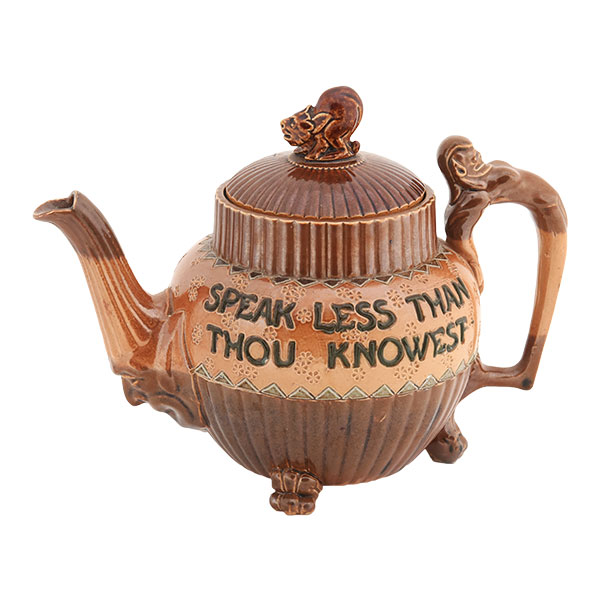
Doulton Motto Teapot
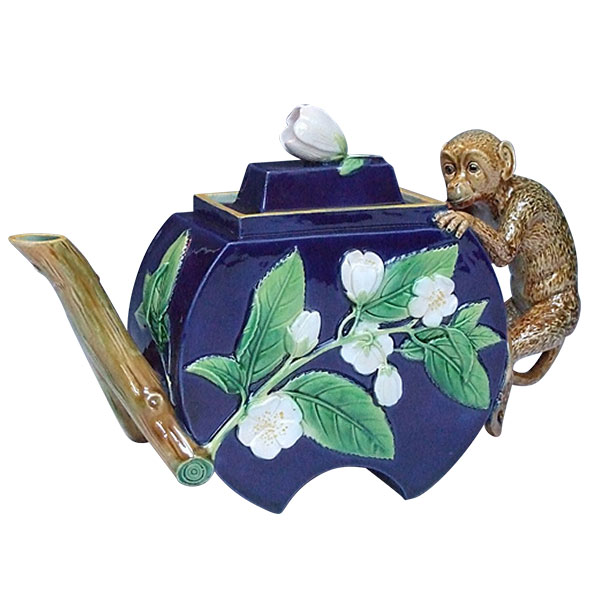
George Jones Majolica Teapot
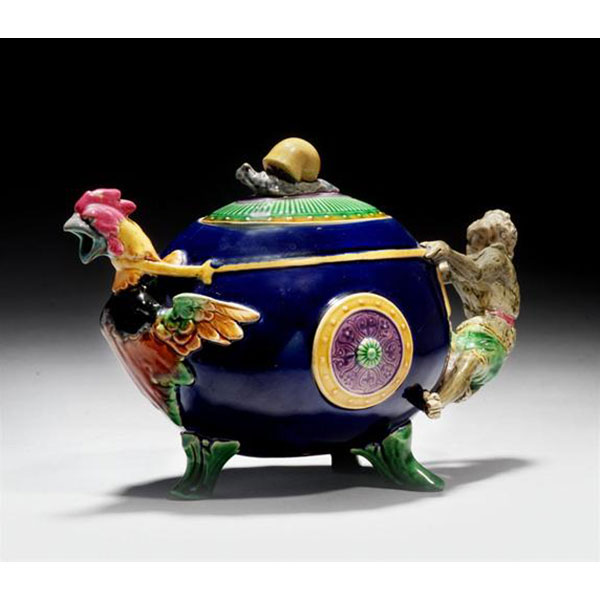
Minton Majolica Teapot
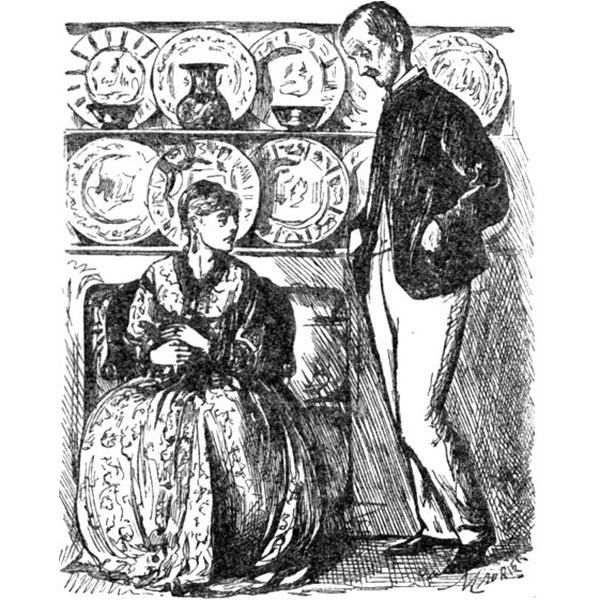
Passion for Old China G. du Maurier
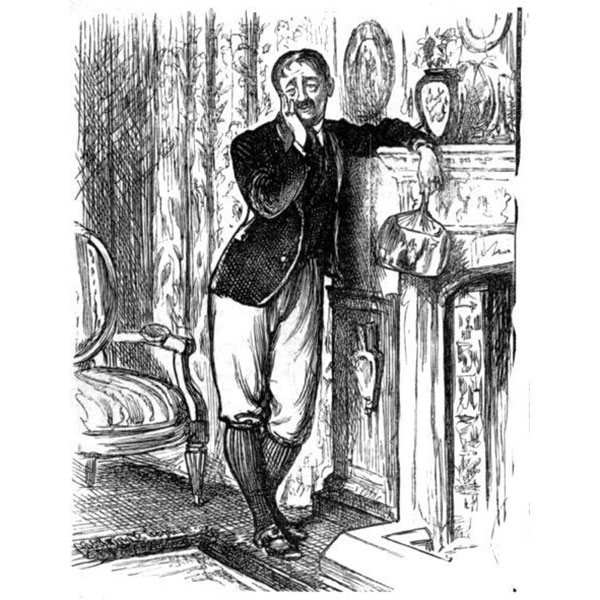
The Aesthete G. Du Maurier
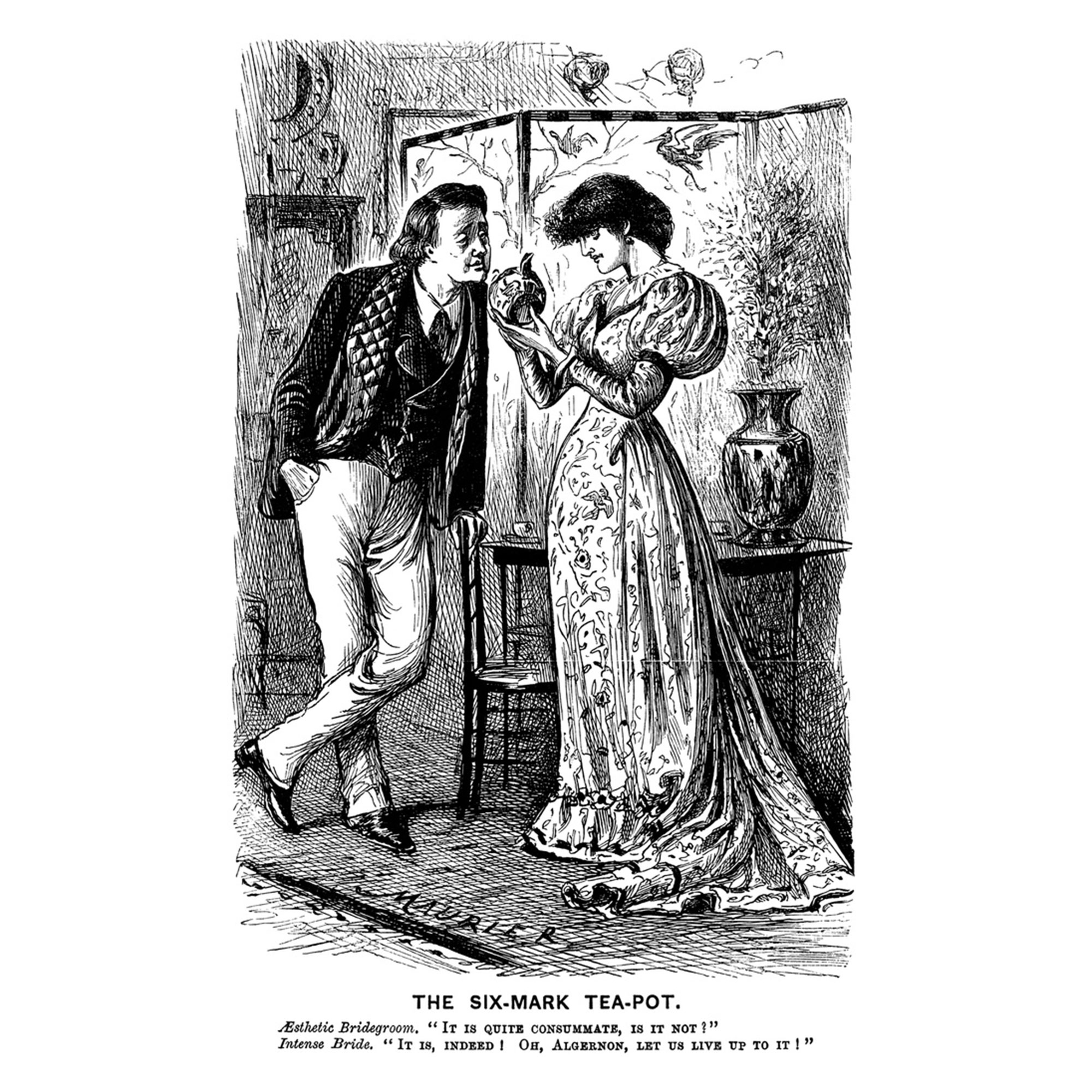
Living Up to the Teapot G. Du Maurier
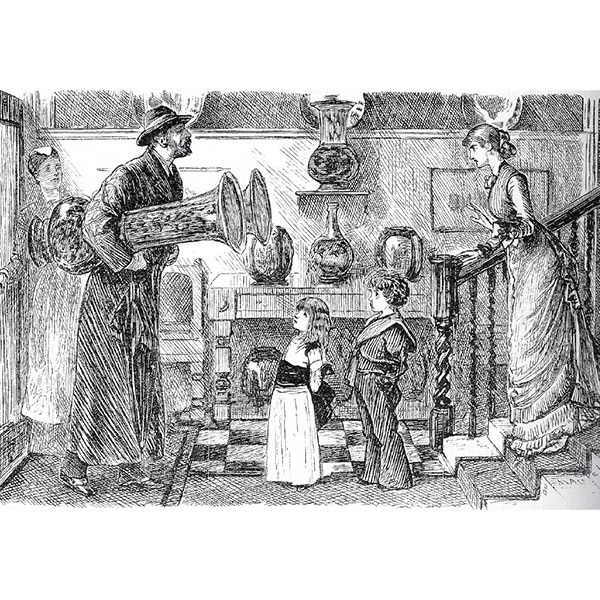
Chinamania G. Du Maurier
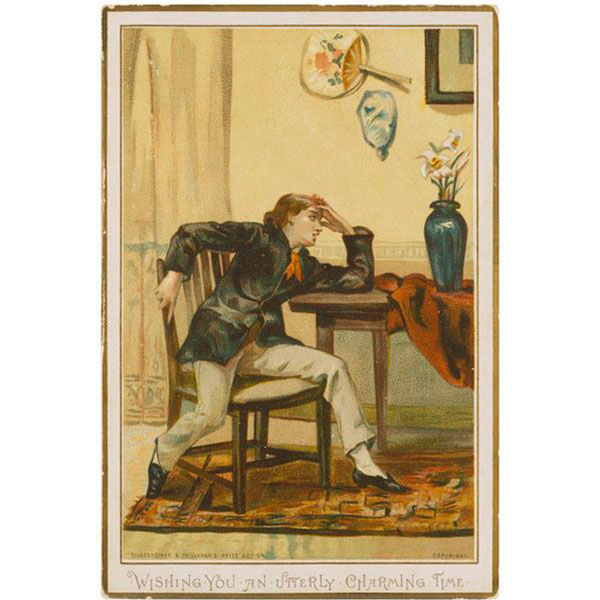
Hildesheimer & Faulkner Aesthetic Christmas Card A. Ludovici
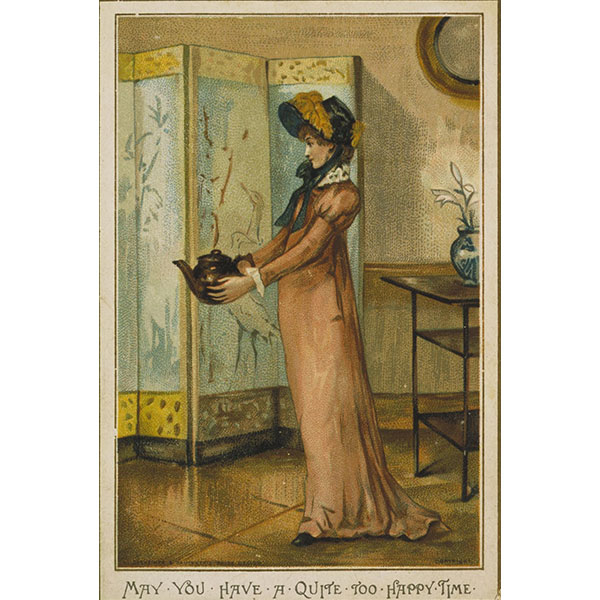
Hildesheimer & Faulkner Aesthetic Christmas Card A. Ludovici
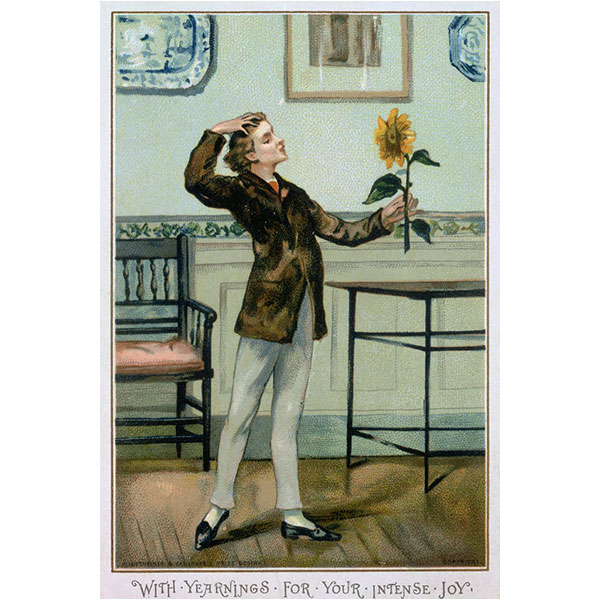
Hildesheimer & Faulkner Aesthetic Christmas Card A. Ludovici
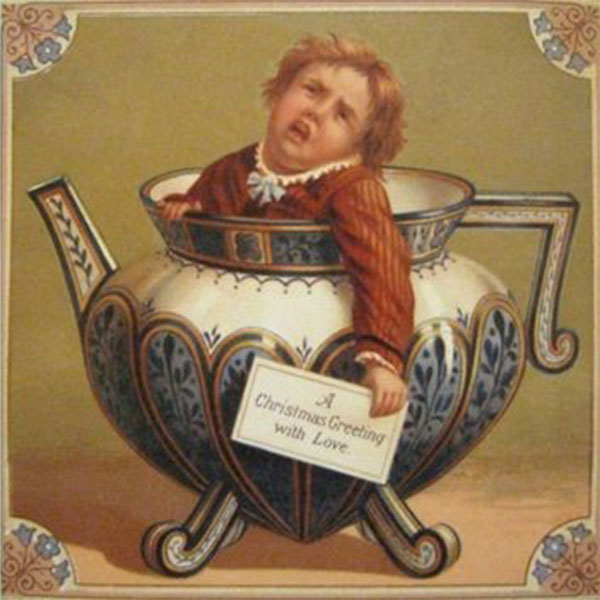
Victorian Christmas Card
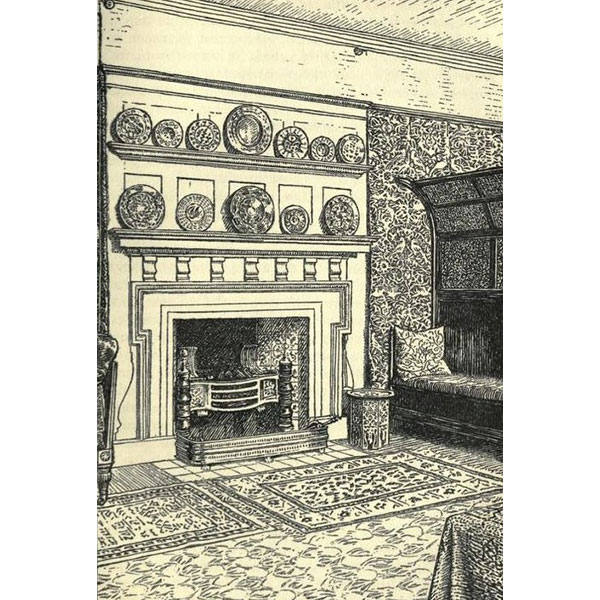
Kelmscott House William Morris
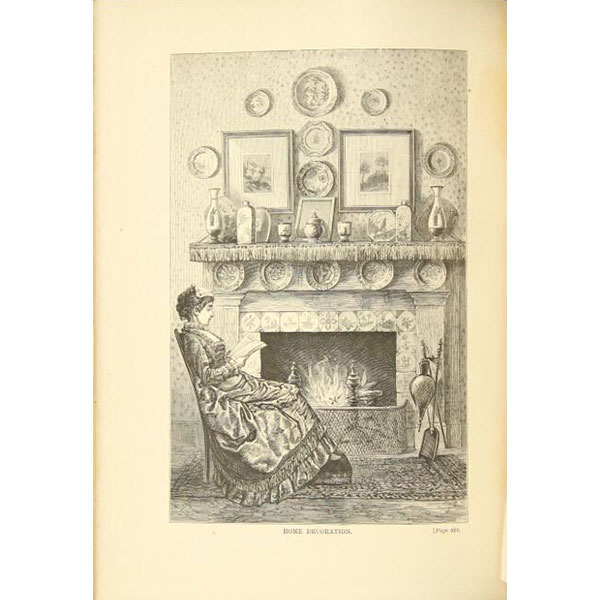
Home Decoration Pottery & Porcelain 1878
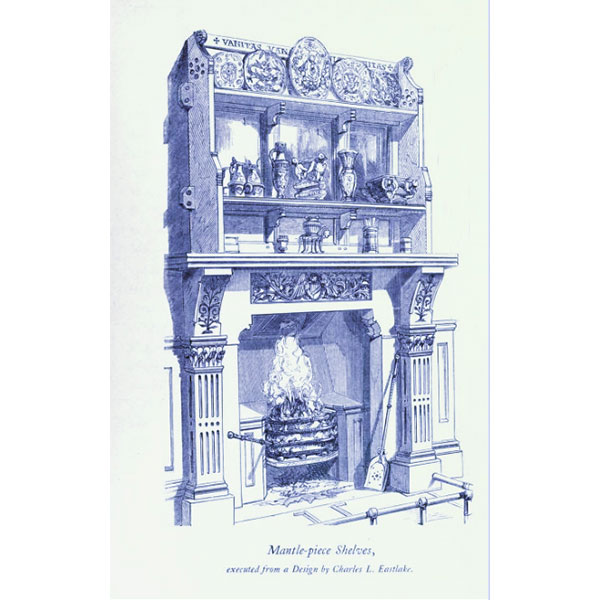
Hints on Household Taste C. Eastlake
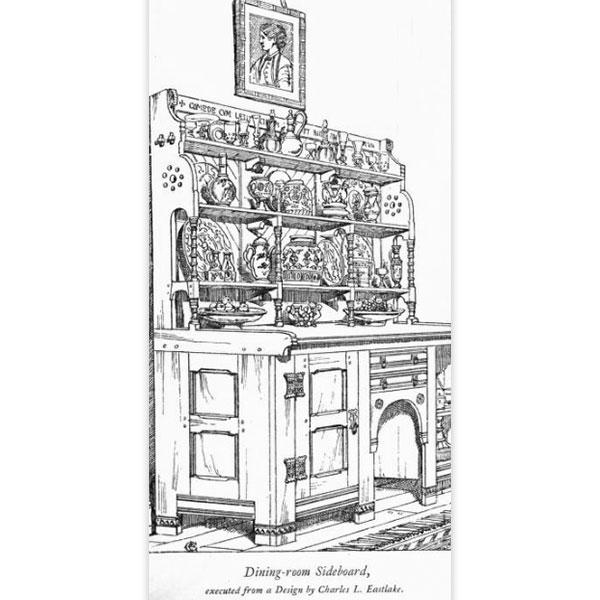
Hints on Household Taste C. Eastlake
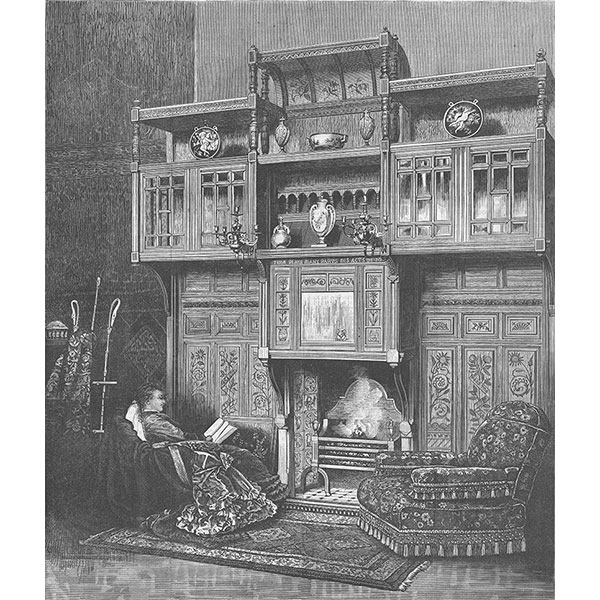
Art Furniture at the Philadelphia Exhibition
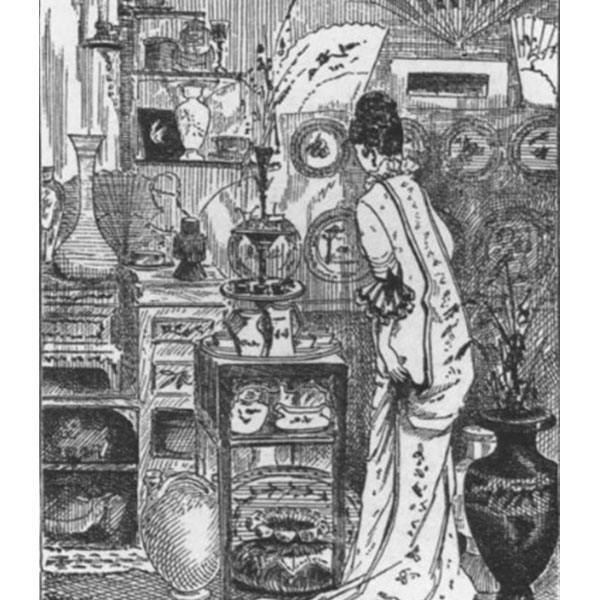
Arabella's Reception Room Scribner's Monthly
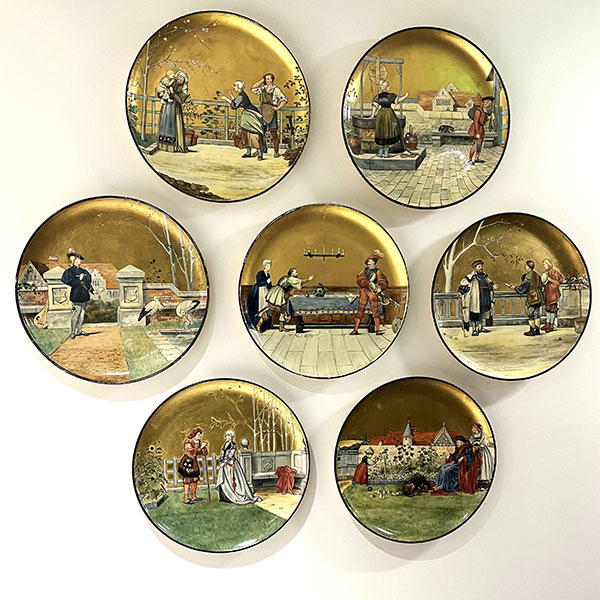
Seven Ages of Man H. S. Marks WMODA
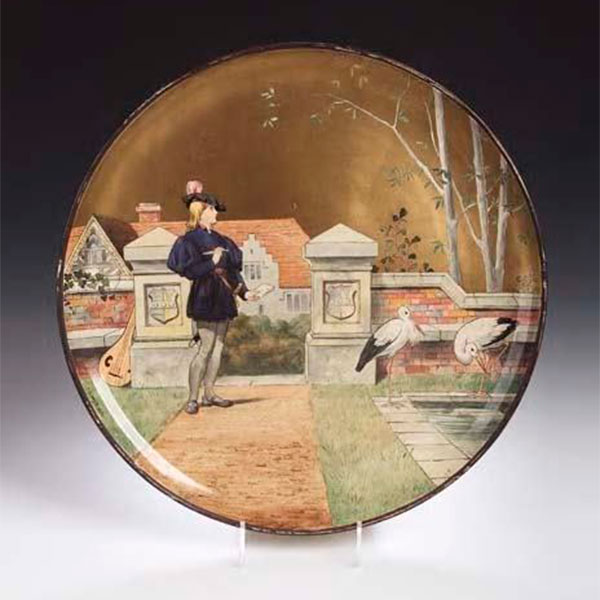
Minton Lover Seven Ages of Man H.S. Marks
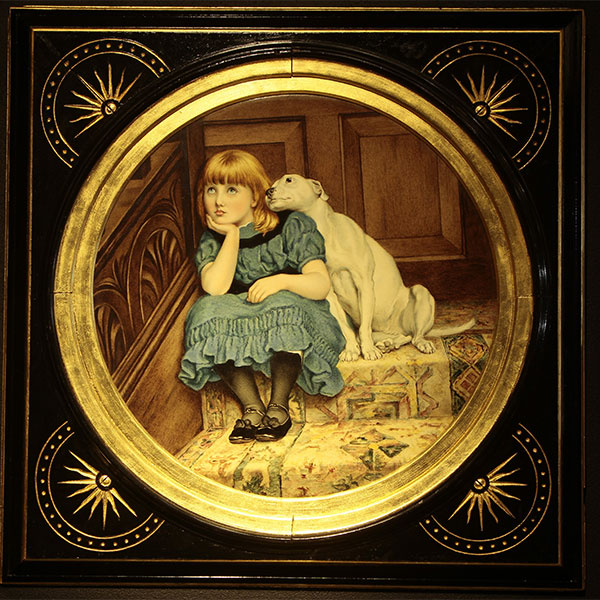
Minton Sympathy WMODA
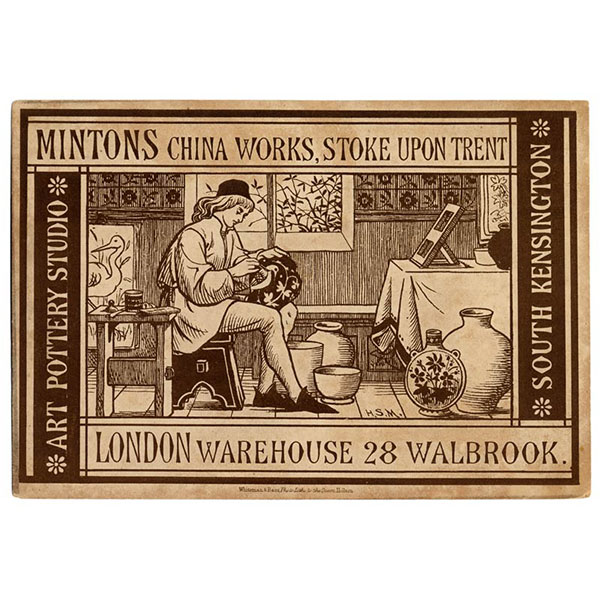
Minton Art Pottery Trade Card
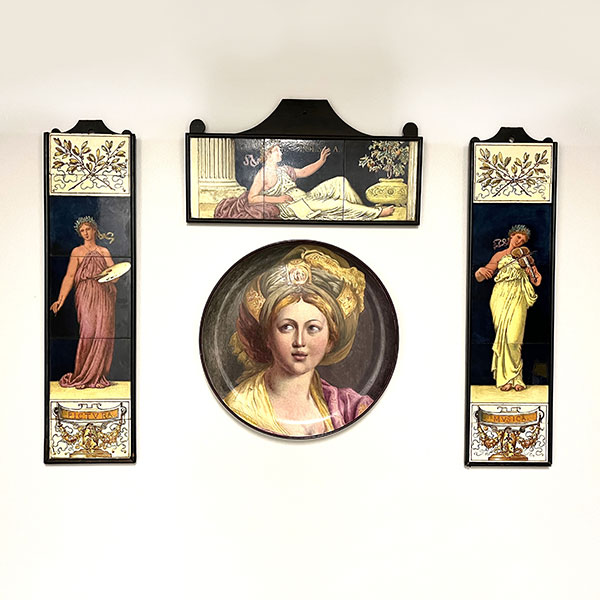
Doulton and Minton Muses WMODA
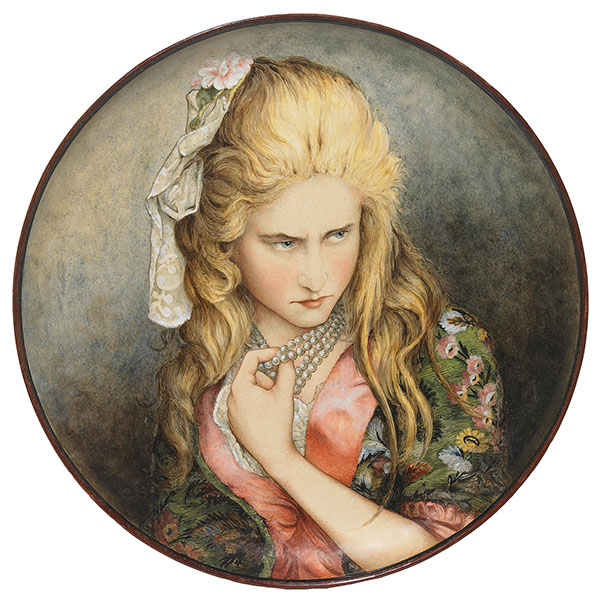
Minton Jealousy E. M Maplestone
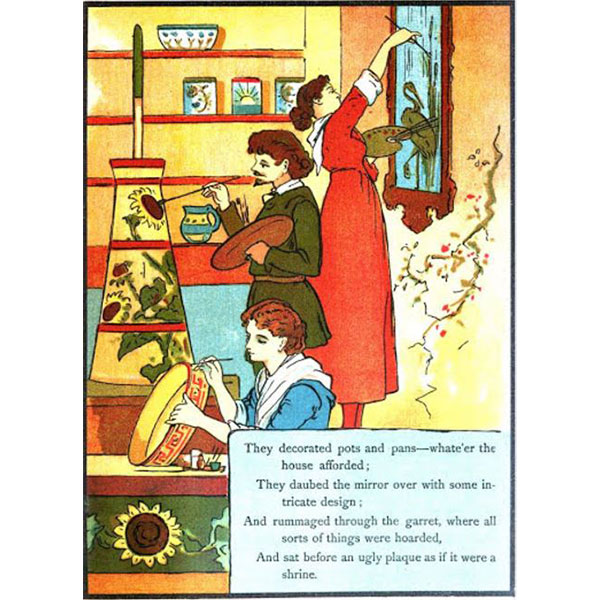
The Decorative Sisters W. Satterlee
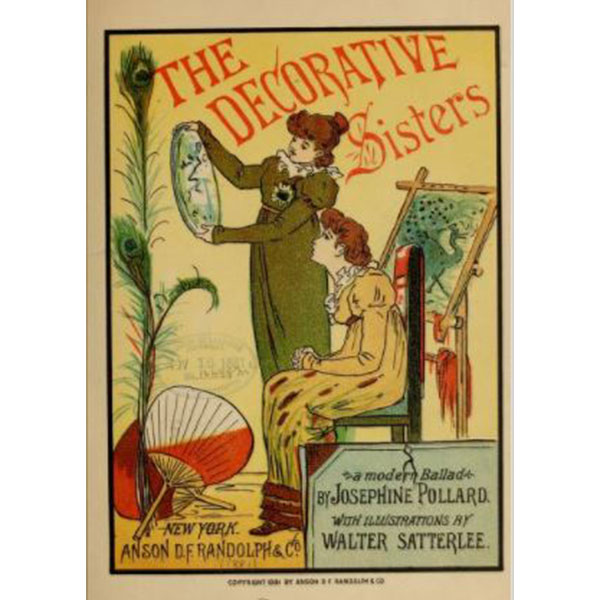
The Decorative Sisters W. Satterlee
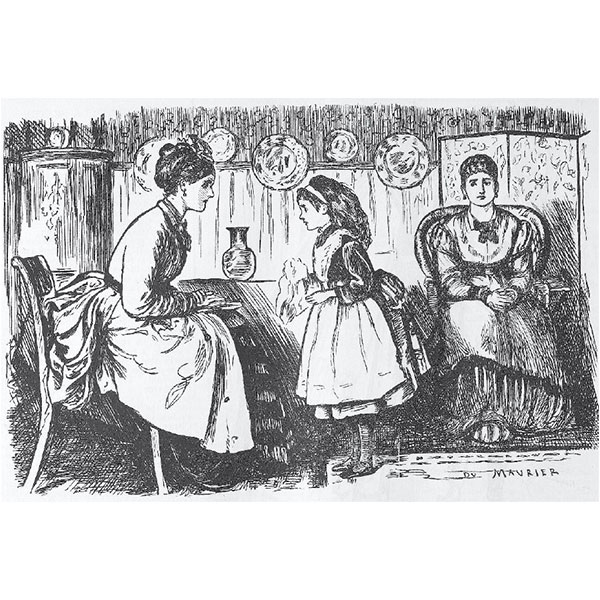
Incipient Chinamania G. Du Maurier
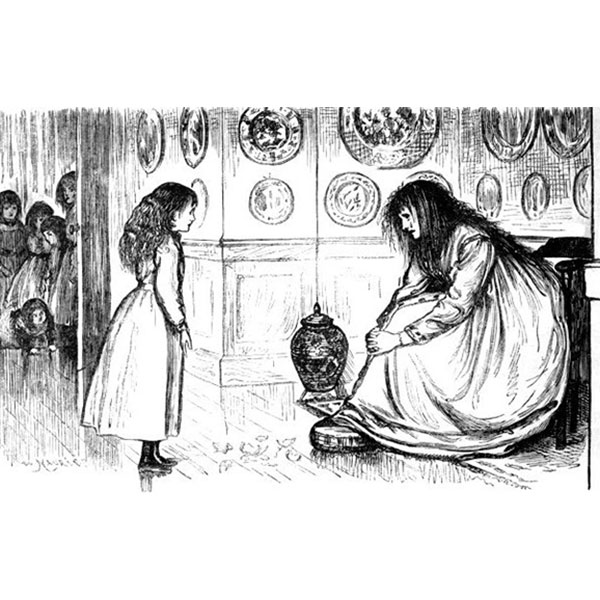
Acute Chinamania G. Du Maurier
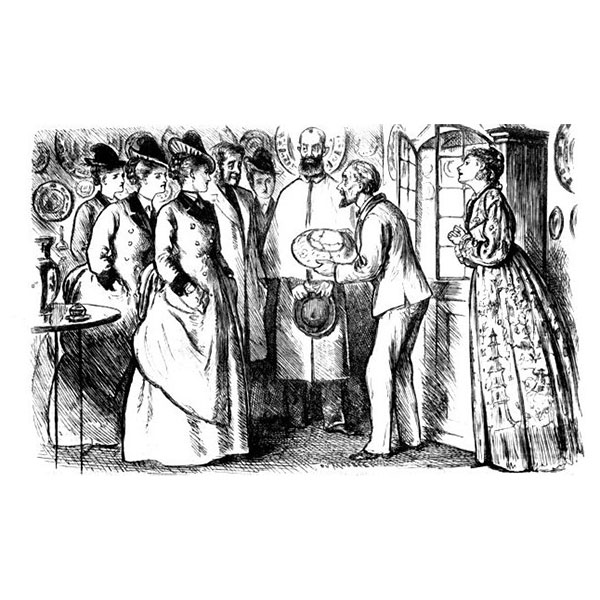
Chronic Chinamania G. Du Maurier
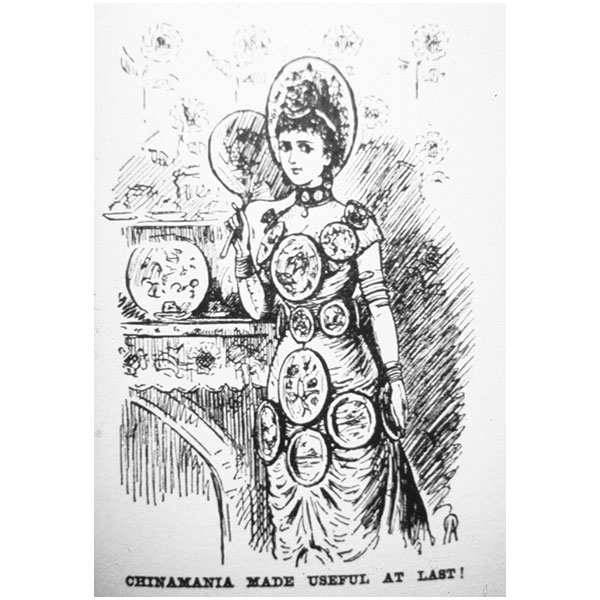
Chinamania Made Useful G. Du Maurier
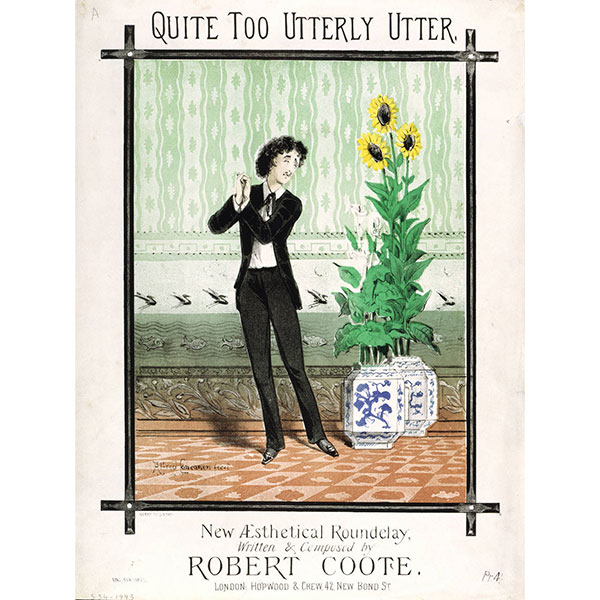
Quite Too Utterly Utter Song Sheet
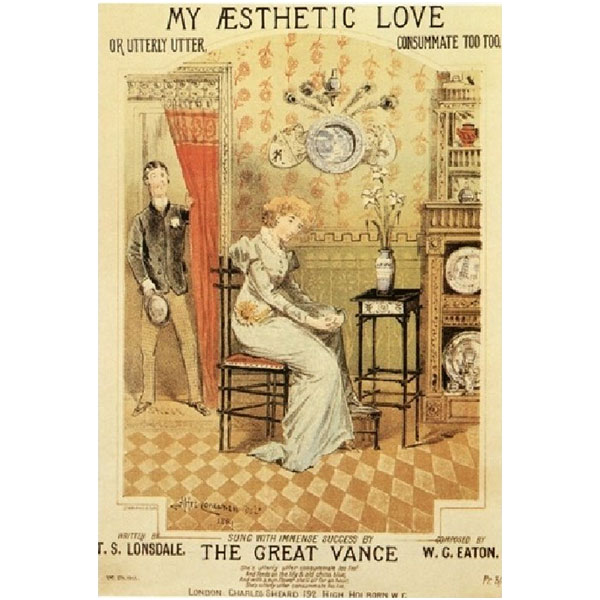
My Aesthetic Love Song Sheet
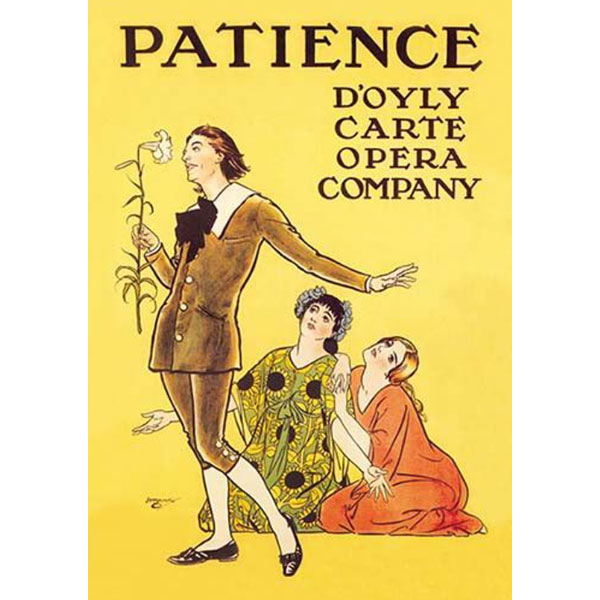
Gilbert & Sullivan Patience
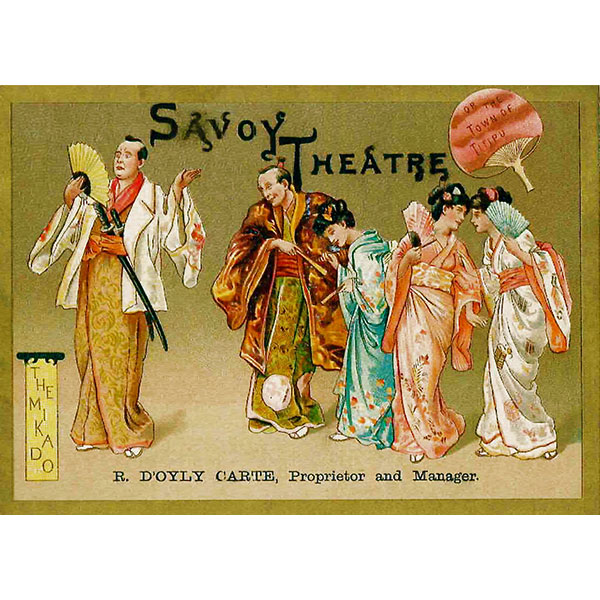
Gilbert & Sullivan Mikado
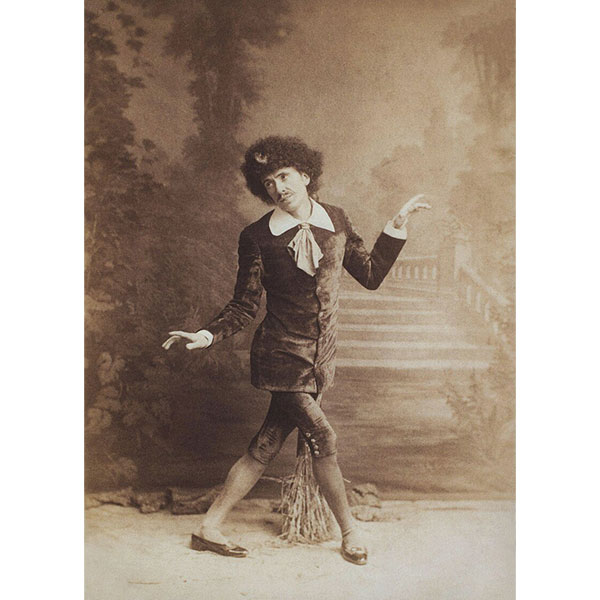
George Grossmith as Reginaland Bunthorn in Patience
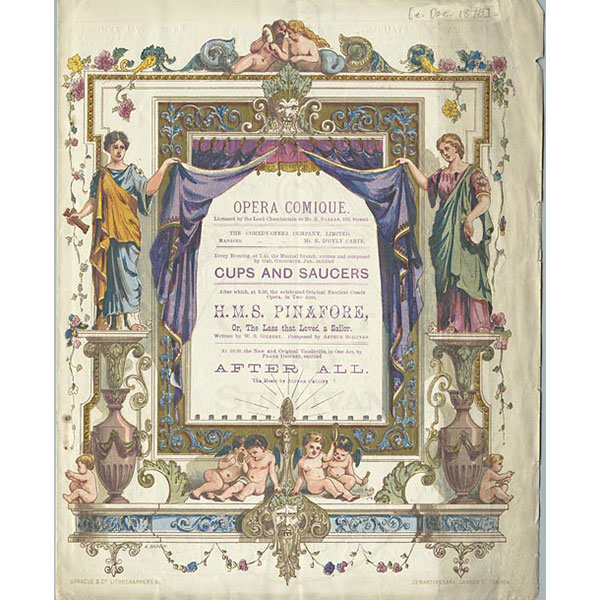
Cups and Saucers Curtain Raiser
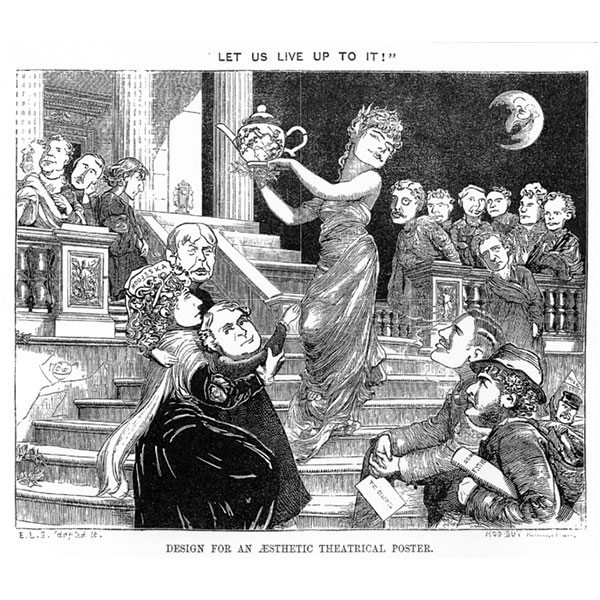
Cartoon Parody of Patience
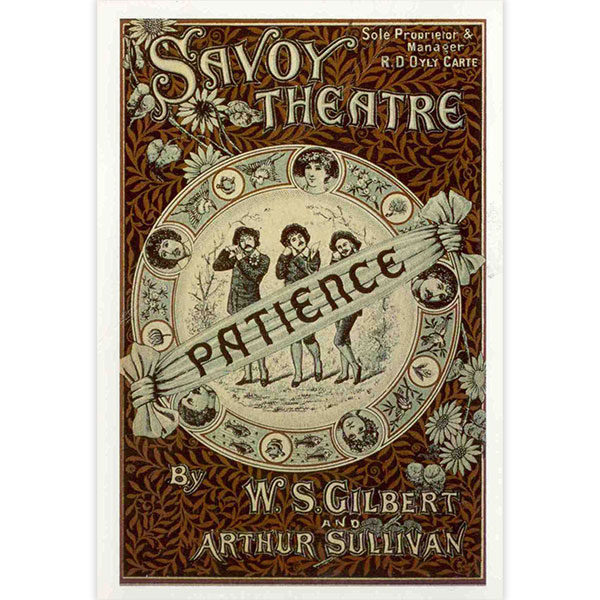
Gilbert & Sullivan Patience
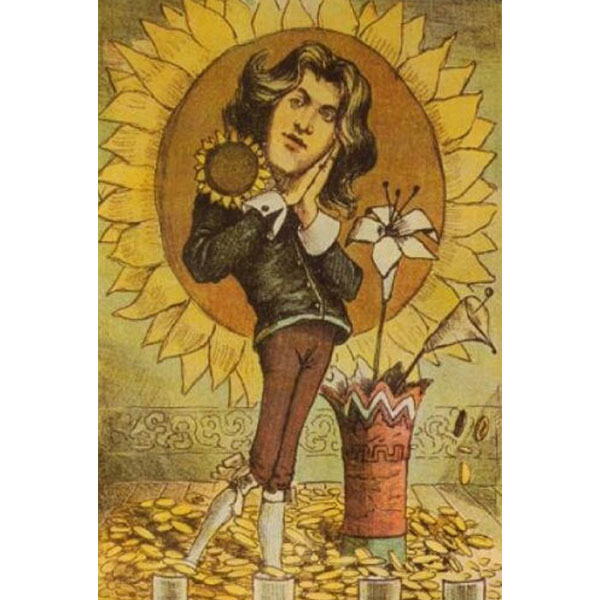
Oscar Wilde Cartoon
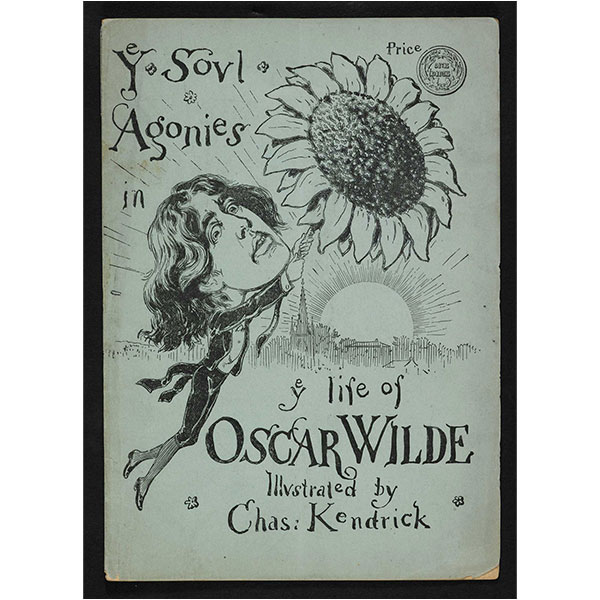
Life of Oscar Wilde
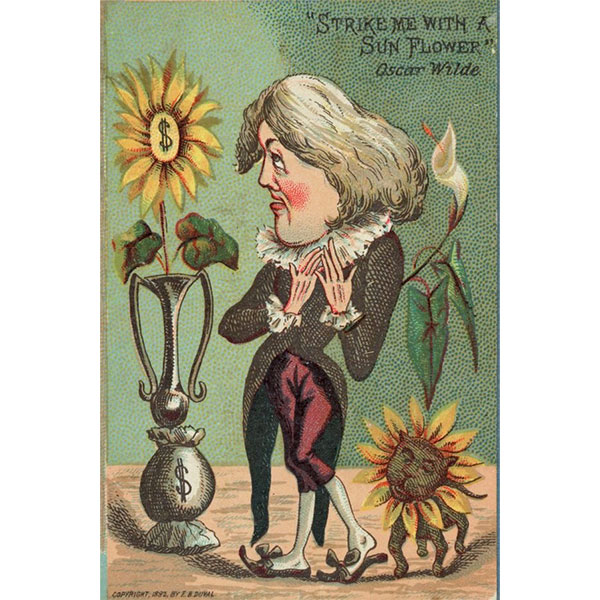
Oscar Wilde Strike Me with a Sunflower
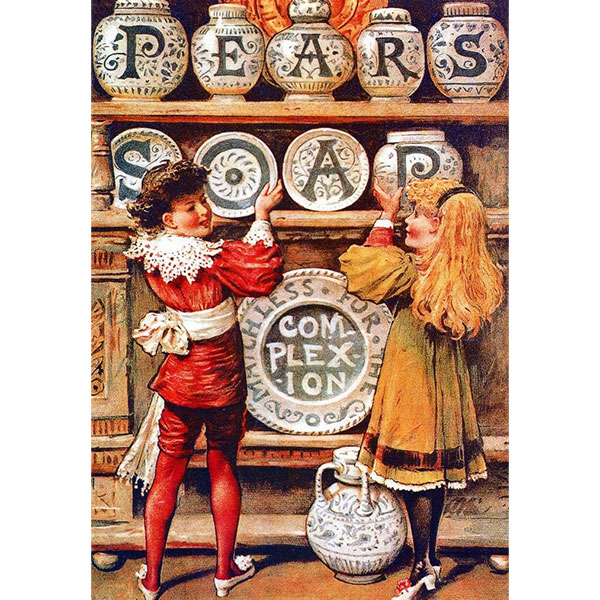
Pears Soap Advert
